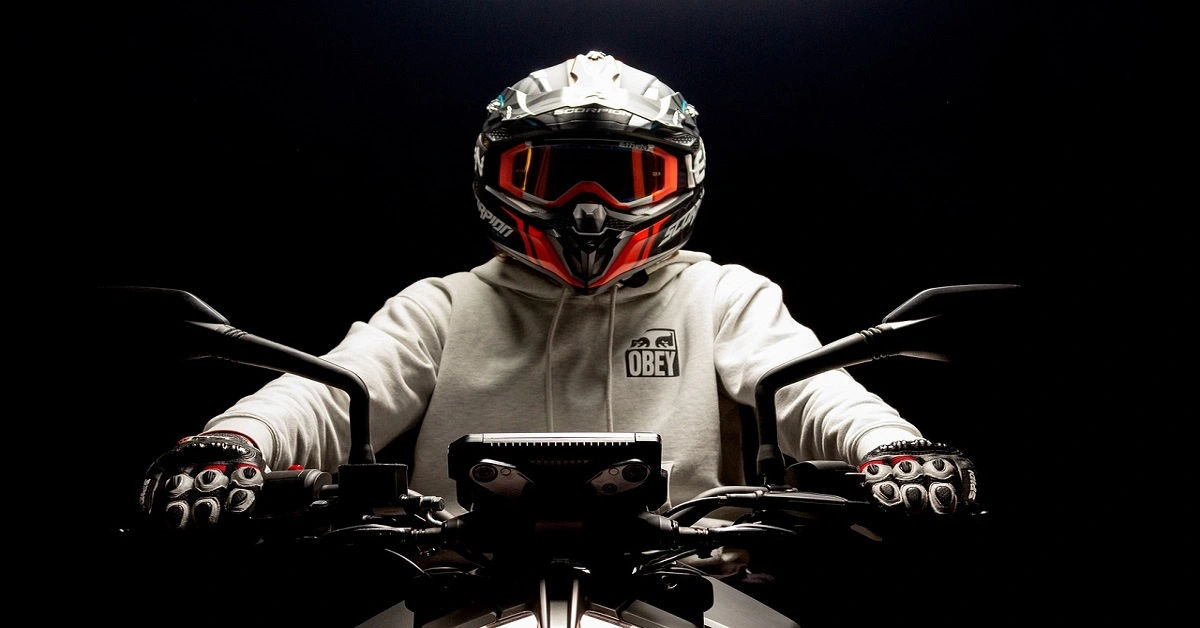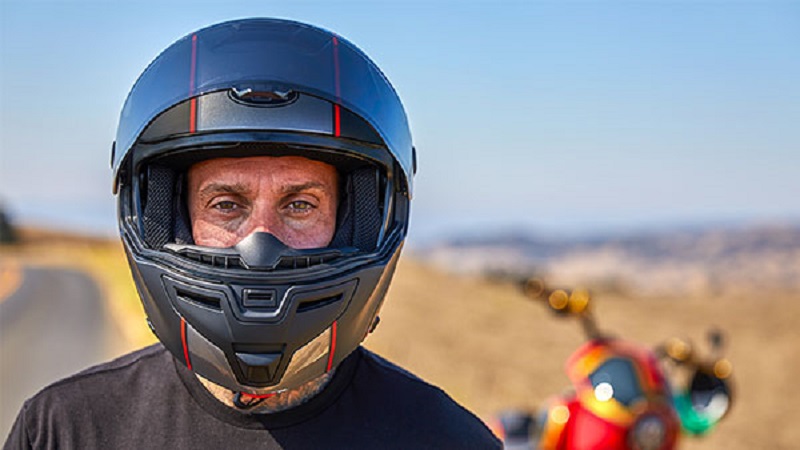
Modular Motocross Helmet
Table of Contents
Safety is always a top priority in motocross, and choosing the right helmet plays a crucial role in that decision. Modular motocross helmets have become increasingly popular in recent years due to their versatile design. However, despite their growing adoption, several myths surrounding them still need clarification. In this article, we will explore the six most common myths about modular motocross helmets and set the record straight.
Myth 1: Modular Motocross Helmet Are Not as Safe as Full-Face Helmets
One of the most persistent myths about modular motocross helmets is that they are not as safe as traditional full-face helmets. This misconception likely stems from the movable chin bar, which some believe might compromise the helmet’s structural integrity. However, the truth is that modern modular helmets are rigorously tested and built to meet the same safety standards as full-face helmets.
Mercedes Benz of Bellevue, Modular helmets are designed with advanced locking mechanisms to keep the chin bar securely in place, preventing any movement during a crash. Leading brands employ robust materials and technologies to ensure that modular helmets offer comparable, if not superior, protection.
Myth 2: Modular Motocross Helmet Are Heavier Than Full-Face Helmets
Another common myth is that modular helmets are significantly heavier than their full-face counterparts. While modular helmets do feature additional components like the movable chin bar, they are designed to be lightweight and well-balanced. Most modular helmets use lightweight materials such as fiberglass and polycarbonate, which help keep the overall weight within an acceptable range.
Many riders find that the additional weight of a modular helmet is barely noticeable, especially when compared to the convenience and comfort they offer. Plus, the weight is evenly distributed, ensuring that the helmet remains comfortable during long rides or races.
Myth 3: Modular Motocross Helmet Are More Prone to Opening During Crashes
A common concern about modular helmets is that the chin bar could open upon impact, leaving the rider unprotected. However, this is not the case. Modular helmets are specifically designed with secure locking systems that prevent the chin bar from moving unless deliberately opened.
Mercedes Benz of Miami, These locking mechanisms are tested to meet strict safety standards, ensuring that the chin bar stays securely in place during accidents. Additionally, most manufacturers have designed the chin bar to lock tightly, providing a reliable barrier to protect the rider’s face in a crash.
Myth 4: Modular Motocross Helmet Are Only Suitable for Street Riding
Some motocross enthusiasts believe that modular helmets are designed exclusively for street riding, and therefore, are not suitable for off-road use. This myth is rooted in the perception that modular helmets are more suited to touring or commuting, where the ability to flip up the chin bar is useful for convenience.

In reality, many modern modular motocross helmets are engineered to handle the unique demands of off-road riding. They come with enhanced ventilation systems, wider eyeports for better visibility, and robust chin bars designed to protect against dirt, rocks, and debris. These features make modular helmets just as effective for motocross riders as full-face helmets.
Myth 5: The Chin Bar is Too Difficult to Operate While Riding
Another myth about modular helmets is that the chin bar is too cumbersome to operate while riding, especially in the middle of a race. While it’s true that modular helmets are designed to allow for quick chin bar operation, this feature is meant for convenience, not frequent use during riding.
Most modular helmets are designed so that riders can easily lift the chin bar when they need a breath of fresh air, or when they are taking a break. However, they are not intended to be used while actively riding. The locking system ensures that the chin bar stays securely in place when the rider is on the move, and the mechanism for flipping it open is quick and easy during stops.
Myth 6: Modular Motocross Helmet Are Expensive and Not Worth the Price
A final myth surrounding modular motocross helmets is that they are too expensive for the average rider and not worth the investment. While it’s true that modular helmets can be priced higher than basic full-face helmets, the added features and benefits make them a valuable investment.
Modular helmets provide versatility, comfort, and convenience that many riders find worth the extra cost. They allow for quick chin bar operation, better ventilation, and improved communication with others when the chin bar is lifted. Additionally, many modular helmets feature advanced safety features, making them an excellent choice for riders looking for high performance and protection.
Conclusion
Modular motocross helmets are an excellent option for riders looking for versatility, safety, and comfort. By debunking these common myths, it’s clear that modular helmets provide comparable or superior safety and comfort compared to traditional full-face helmets. With advances in design and technology, modular helmets have become an ideal choice for off-road riders, offering the best of both worlds: the protection of a full-face helmet and the convenience of a flip-up chin bar. When it comes to motocross helmets, modular designs are more than just a trendy option—they’re a practical solution for a variety of riders.
FAQs?
Why Should You Invest in a Motocross Helmet?
Motocross is an exhilarating and high-intensity sport that involves speed, skill, and navigating rough terrains. Whether you’re a seasoned rider or a beginner, safety should always be a top priority. One of the most important pieces of safety gear a motocross rider can invest in is a high-quality helmet. Investing in a motocross helmet is not just about protection; it’s also about comfort, durability, and ensuring an optimal riding experience.
What Are the Benefits of Wearing a Motocross Helmet?
Motocross is a thrilling and physically demanding sport that involves speed, skill, and navigating rough terrains. While the adrenaline and excitement are undeniable, the risks associated with motocross are real, particularly when it comes to head injuries. This is where a motocross helmet comes in as a rider’s most important safety gear. Wearing a motocross helmet provides a wide range of benefits, protecting riders and enhancing their overall riding experience.
Who Should Wear a Motocross Helmet?
A motocross helmet is an essential piece of protective gear designed to keep riders safe during off-road racing and recreational riding. The risks involved in motocross—such as high speeds, jumps, and rough terrain—make it crucial for anyone participating in the sport to wear a helmet.



